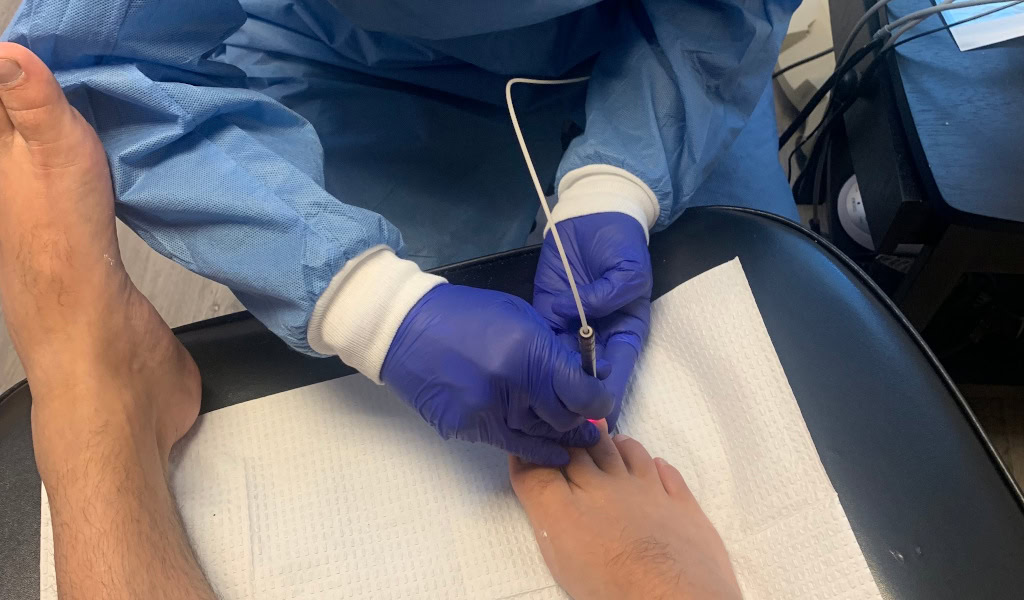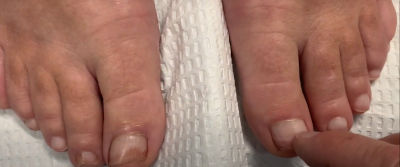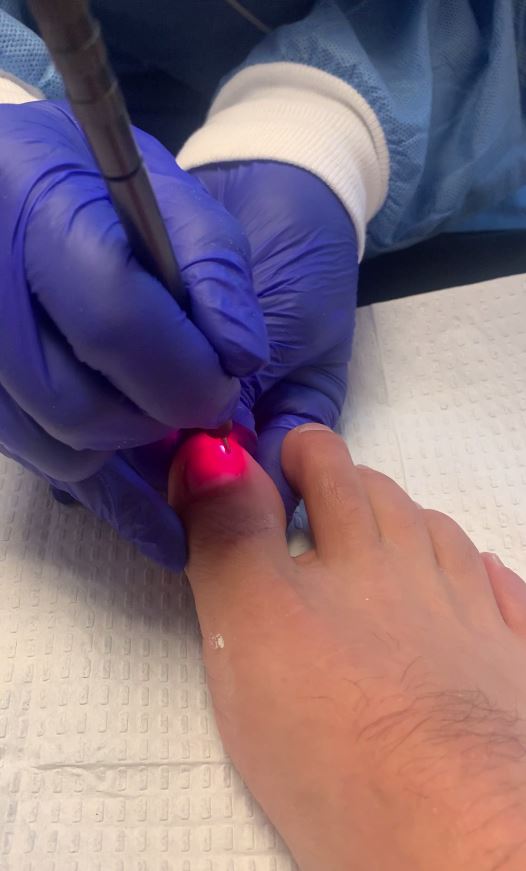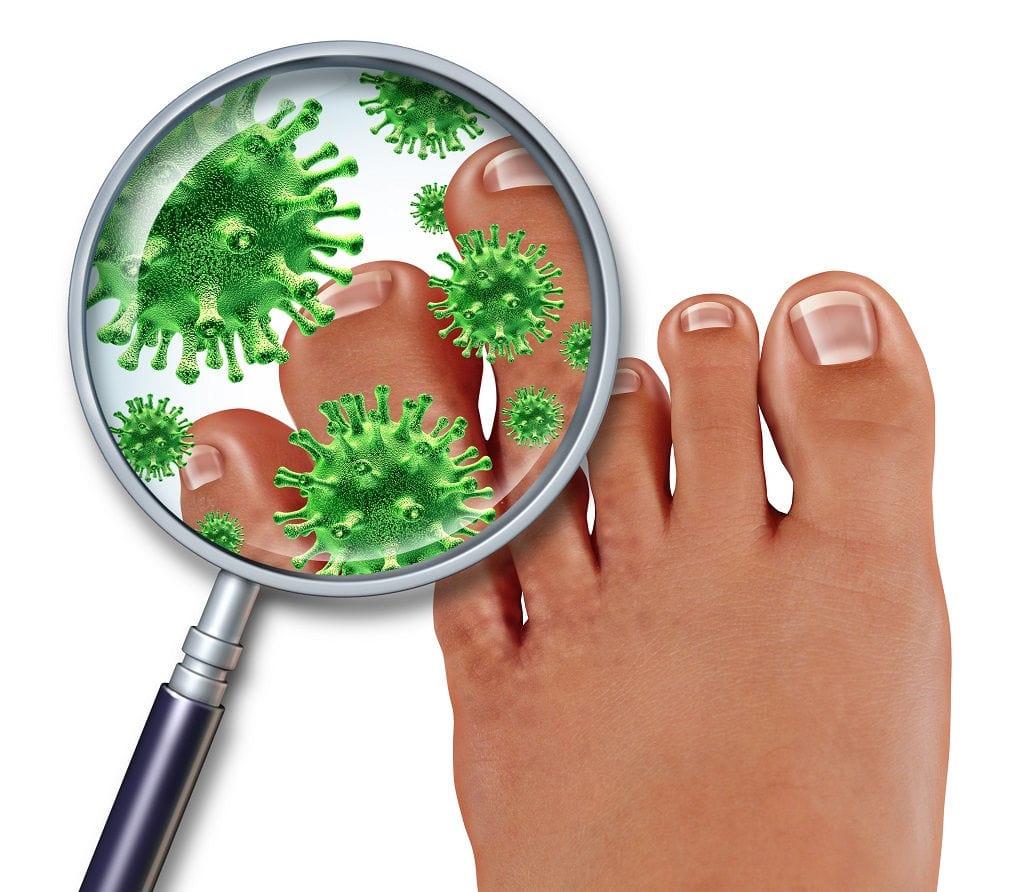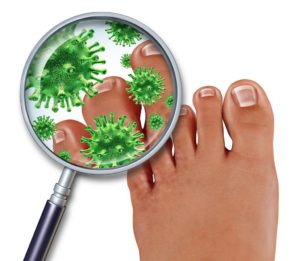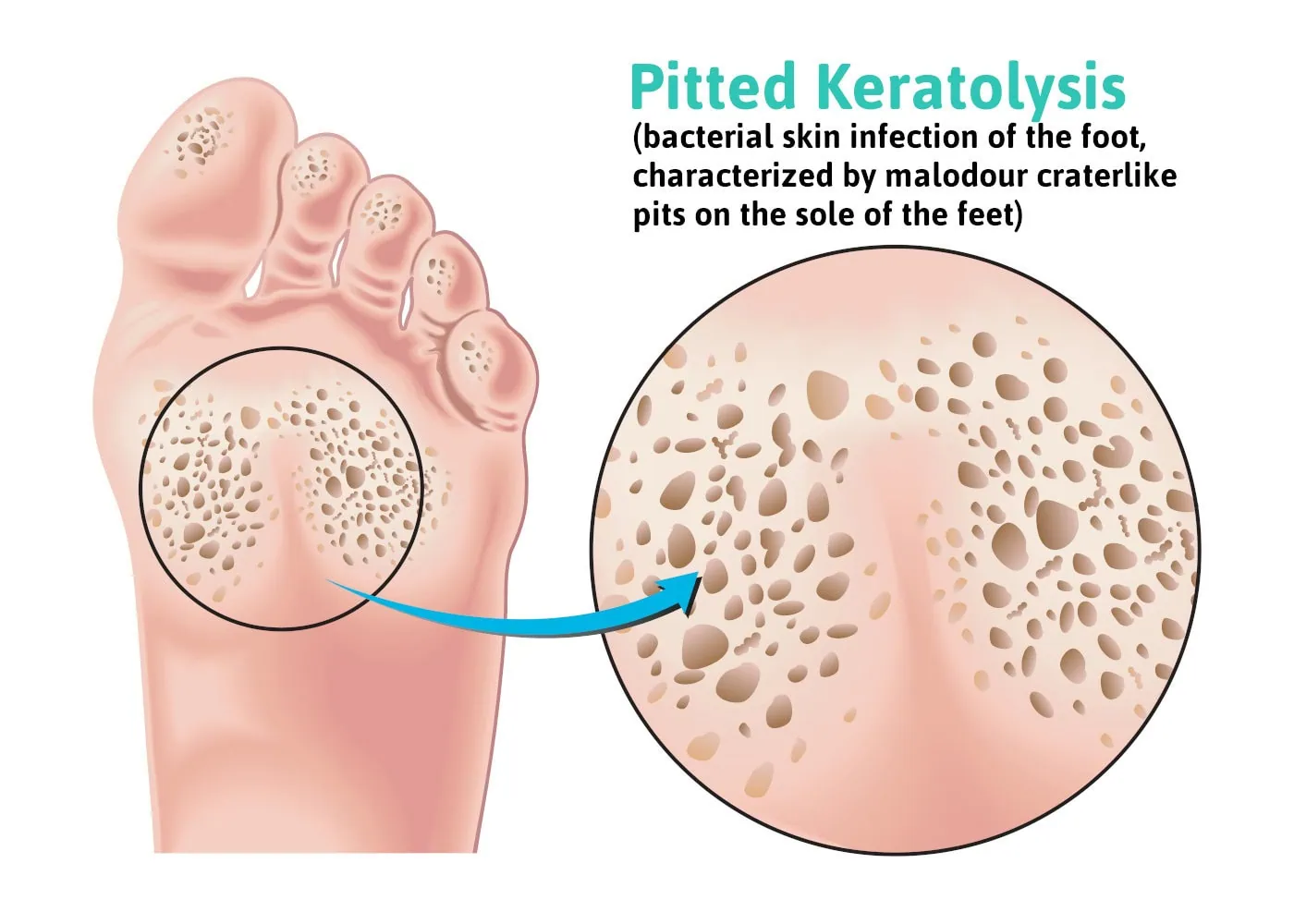
If you have feet that are very itchy and have a bad odor, chances are you might have pitted keratolysis, also known as keratolysis plantare sulcatum. The foot is an area that can perspire quite a bit and might put you at risk of acquiring pitted keratolysis. Topical antibiotics are frequently part of the treatment option that a podiatrist may suggest to get rid of this disorder.
Who is affected by pitted keratolysis?
- It tends to be more common among men.
- Feet that perspire too much (hyperhidrosis).
- People that live in warm, humid climates.
- People that are on their feet working in hot climates.
- How do I know if I have Pitted Keratolysis?
Location
Typically, the skin disorder will present on the soles of the foot, the pressure-bearing plantar surface areas. These weight-bearing areas including the ball of the foot is where a lot of perspiration takes place and may be where most of the bacteria may preside. The condition may also be in the web spaces in between the toes. An odor will be present. The unpleasant foot odor associated with pitted keratolysis is from sulfur compounds produced by bacteria.
Appearance
It usually presents as a white patch on the skin that is lighter than your natural skin color and will have pits that look like small holes or indentations in those locations. Oftentimes these small holes (pits) will cluster together and may cause a sore. Because of the clustering of the pits, it may be referred to as ringed keratolysis. There will also be an itchiness in the skin that is affected.
Bacteria that cause pitted keratolysis
The most common bacteria that cause pitted keratolysis are:
- Dermatophilus congolensis
- Kytococcus sedentarius
- Streptomyces
- Corynebacteria
- Trichomycosis axillaris presents in the armpits and is caused by corynebacteria. The armpits, much like the feet, are warm, moist areas and the corynebacteria can cause both conditions.
- Actinomyces
The one thing all these bacteria have in common is they like to breed in warm, moist conditions. The bacteria will then proliferate and produce an enzyme. These bacteria also have a protease enzyme that can destroy skin cells going down into a layer of the skin called the stratum corneum, also known as the horney layer.
How is the diagnosis made?
The presentation of pitted keratolysis will help to put this skin condition in a differential diagnosis that may include other dermatological conditions by doing a culture test, taking a swab of the skin or scraping a small amount of the infected skin. The podiatrist can assess if one of the bacteria that causes these disorders is present in the culture. A small skin biopsy can also be done where a small skin tissue can be looked at with a microscope. Another means of diagnosing pitted keratolysis is using coral red fluorescence. Under a Wood Lamp, the corynebacteria will show coral red fluorescence.
Differential Diagnosis of athlete’s foot and pitted keratolysis
Athlete’s foot is a very common foot complaint and more common than pitted keratolysis. Patients may think they have athlete’s foot but the difference between the two is pitted keratolysis is a bacterial infection whereas athlete’s foot is from a fungal infection. Both can cause itching, and both are present on the bottom of the feet. Pitted keratolysis has a different appearance than athlete’s foot as it has pitting on the skin while athlete’s foot has scaling of the skin. Also, pitted keratolysis causes a significant odor whereas athlete’s foot usually does not.
What you can do at home?
If you believe you have pitted keratolysis, it is important to wear shoes and socks to breathe. This will allow the reduction of perspiration that will stay on your skin. You may also want to consider antiperspirants that you can buy over the counter if you sweat a lot. Washing your hands and feet when you remove your shoes and socks should be done, and you can also change your shoes and socks when they get wet.
Home treatments may include essential oils such as tea tree oil and also soak your feet in a diluted mixture of hydrogen peroxide and water. The ratio should be 1 part hydrogen peroxide and 3 part water and the soak should last for a couple of minutes.
What treatment options would your podiatrist suggest?
Topical Antibiotics
After doing appropriate testing to identify which bacteria is affecting your skin, there are several topical antibiotics that can be placed on the skin as part of the treatment of pitted keratolysis and this includes topicals that can contain erythromycin, clindamycin, mupirocin, or fusidic acid.
Antiseptics
Benzoyl peroxide comes in a gel or cream form and can also be applied to the skin to help fight the skin infection.
Injections
Botulinum toxin injections can be used and are injected locally in the area of the skin condition when the pitted keratolysis does not respond to the other treatments.
Treating Excessive Sweating
Excessive sweating refers to hyperhidrosis and your podiatrist may prescribe antiperspirants so that the condition does not return.
When should I see my podiatrist?
If you have done the suggested home and the problem persists, you should seek treatment from your foot specialist. This diagnosis can be difficult to treat and for many, this is a dermatological condition where you would likely need the help of a healthcare professional to address it.
Call us today at our Fort Collins location (970) 329-8158, Broomfield location (303) 997-2795, Surgery Center (970) 329-8158, or use our online scheduling system to book your appointment.
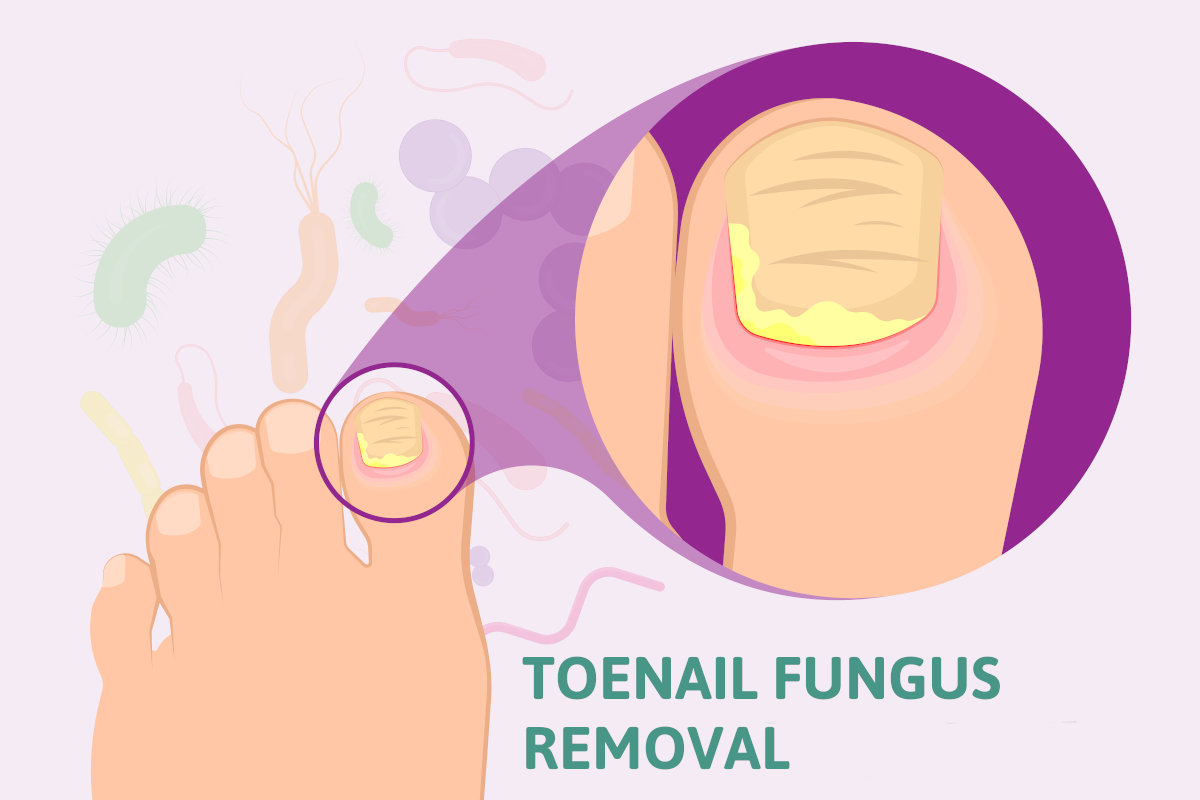
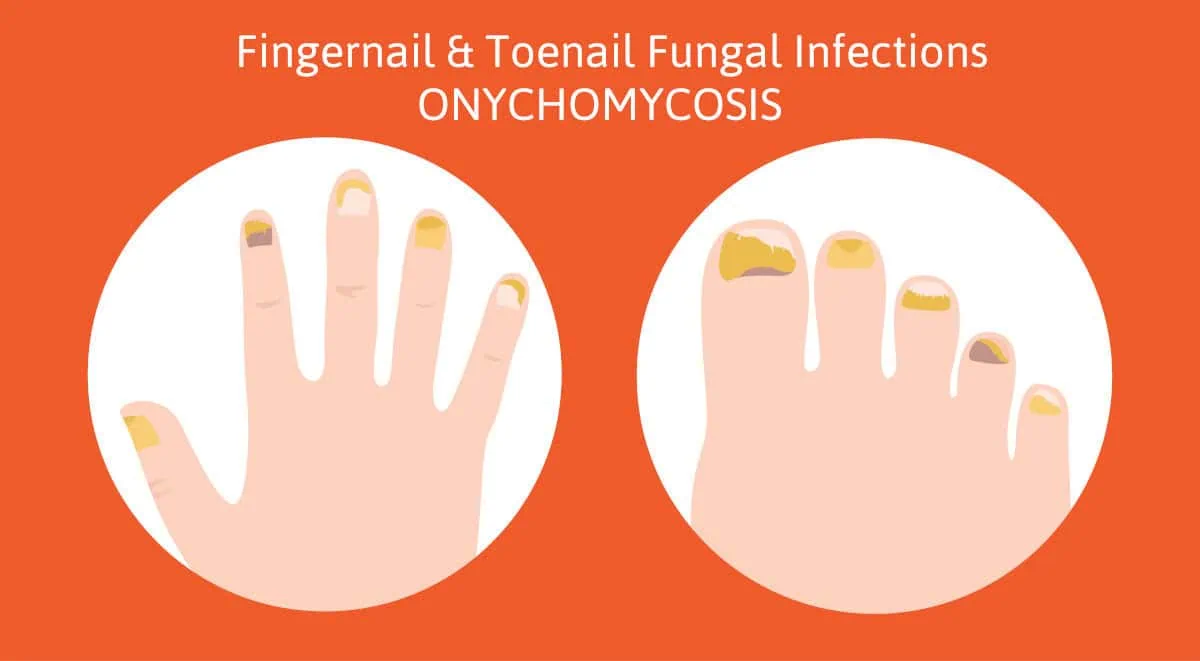
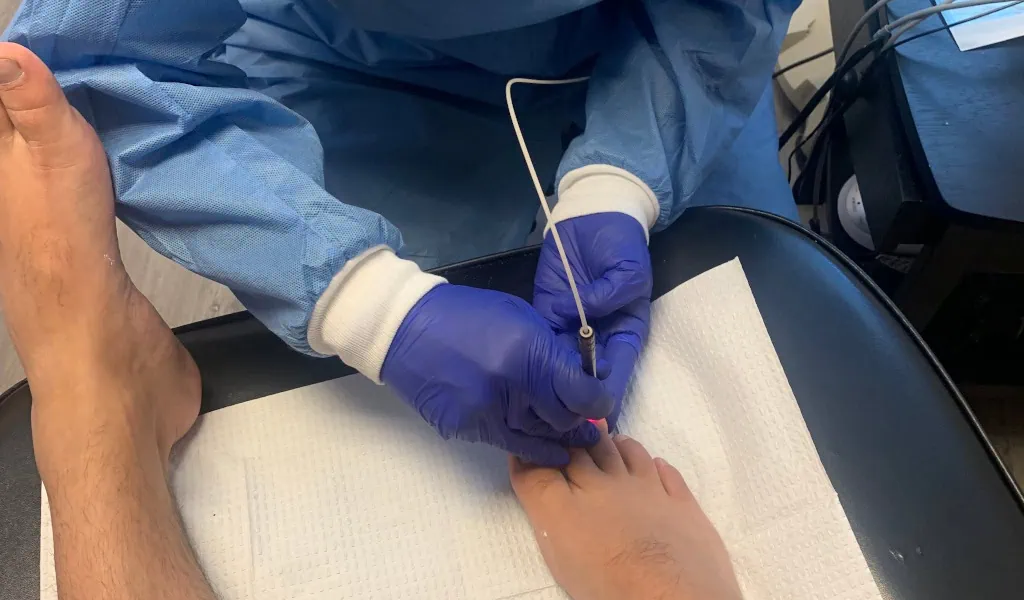
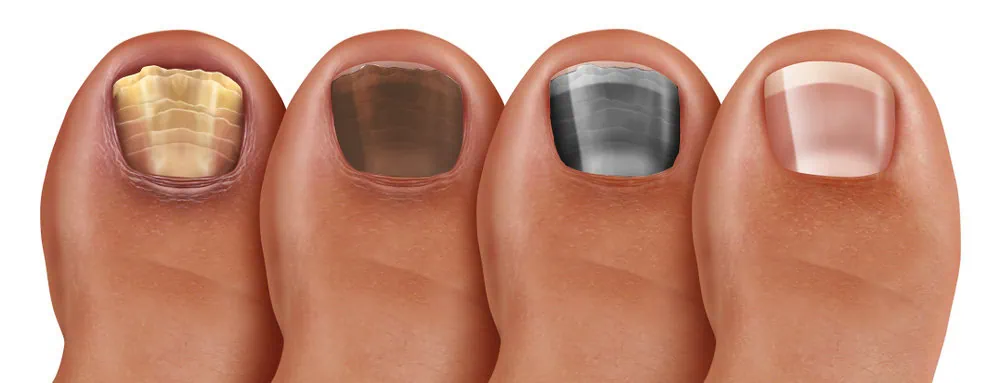
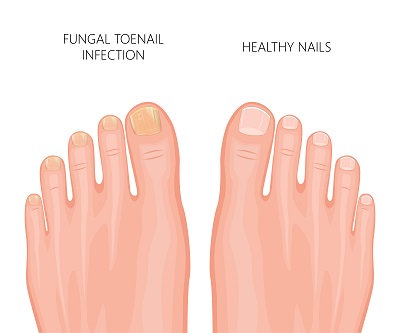
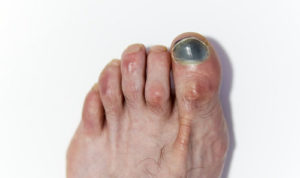
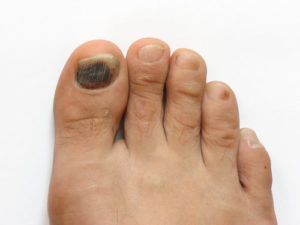 Fungus:
Fungus: 